
The New Bedford Crawler Series: New Bedford as seen by the people who live and work there.
As I stepped out of my car on a fall morning in downtown New Bedford, I was drawn by the strong salty smell of the ocean and the omnipresent cry of the local seagulls.
I was looking forward to my interview with Stuart Frank. As curator of the New Bedford Whaling Museum, I thought that he might have an interesting perspective on local history. After all, isn’t whaling what New Bedford’s history is all about?
I was not to be disappointed.
Stuart’s office is in the New Bedford Whaling Museum Research Library, located at 791 Purchase Street. His day is filled mainly with research, writing and meetings. He feels that this schedule, only partly accomplished at the museum library, might be atypical for a museum curator and he enjoys the opportunity to spend so much time on writing. Curator Frank also does lectures on subjects such as scrimshaw. Part of Mr. Frank’s job is to distinguish between the artwork made by whalers and the artwork made about them. It is the former which he values most.
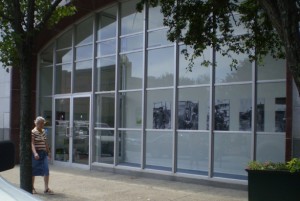
Due to the extensive collection of whaling records, the library is used by scholars from all over the world. Museum members (and the general public for a small fee) can use the library to research local history, whaling logs and follow up on family genealogy. “We try to shame them into it,” Frank chides, noting the value of the library records to collectors in particular.
When Americans started whaling in the 17th century, Europe, Korea and Japan had already been whaling for 5,000 years. But soon New Bedford became such a strong hub in the US whaling industry that, according to Frank, when a whaling ship arrived in New Bedford half of its crew would be made up of local residents. New Bedford also had a strong influence on other U.S. whaling ports such as those in California.
Being a writer himself, Stuart was able to easily hit on and clarify his most important points. “The museum isn’t about killing whales, it isn’t even about whales, it is about people and whales, but mostly about people,” according to Frank. “Frankly, I am not that interested in [the science of] whales, I am interested in people.”
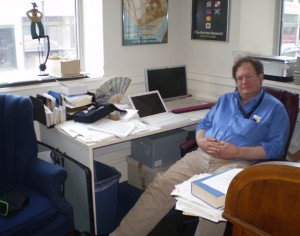
“I have personally met half-a-dozen people who were born on whaling ships. It was normal for a person from New Bedford to have been to Africa, the South Pacific, New Zealand or the Coast of Alaska and Japan.” Frank notes the sophistication encountered in some countries such as New Zealand and similar cosmopolitan qualities found in the New Bedford population as a result of worldwide travel.
“New Bedford and Nantucket in the late 18th century and through the 19th century were the only places in the world, and the first places in human history, where there were black people in charge and white people working for them. This included actual African immigrants, not just slaves. The Portuguese population from the Cape Verde islands imparted a whole different flavor than anyplace else in the U.S. This was a place where people of color, including immigrants from foreign countries and those who spoke foreign languages, could come and get a job for the same pay as a white guy and eventually become the boss. This is something that we generally haven’t [as a country] quite fully achieved in the 21st Century.”
“I dispute the notion that New Bedford was part of the underground railroad. New Bedford was a destination of the underground railroad. If a black person got here, they could get a job. Until the Fugitive Act was upheld by the Supreme Court in 1854, New Bedford was the only place that a black person, a person of color [or someone of a different religion than the current majority at the time] had the opportunity to live the American Dream. It was whaling and the industry surrounding whaling that made all of this possible.”
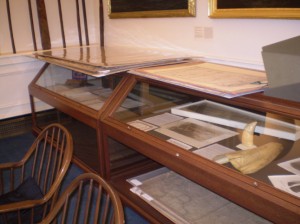
Stuart went on to tell of the first African-American capitalist, Paul Cuffee, who was from Westport, Massachusetts. He started out as a sailor and boat builder, and from that he “built himself a little empire.” Before he died in 1817, he had been a correspondent with President Madison and a leader in the Back to Africa Movement.
“Twenty-one years later in 1838, by the time that Frederick Douglass got to New Bedford, he couldn’t get a job because the owners of shipyards were afraid that if they hired a black guy, the white guys wouldn’t work. By the time Frederick Douglass made his reputation as an orator and moved to Rochester, New York in 1841, there were plenty of black guys working in the shipyards.”
Stuart Frank is also a musician and music historian. “You needed 35 guys on a whale ship, because you had to hunt whales at some point, but to manage the ship you only needed 12 or 14. So they wrote poems and journals. They sang songs. My interest is in the songs.”
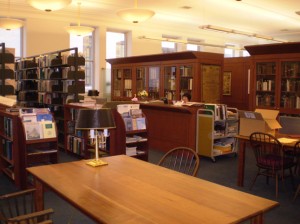
Mr. Frank founded the Sea Music Festival at Mystic Seaport and the Mystic Seaport Sea Music Festival symposium.
The New Bedford Whaling Museum was founded in 1903 as the Old Dartmouth Historical Society. The museum library’s Kendal Collection was added ten years ago to an already extensive local inventory. According to Stuart, the combination is a “knockout.”
Stuart will be curating an exhibition that will open less than a year from now currently titled “Seven Seas and Seven Continents.” He also has books coming out including a new song book which will be named “Jolly Sailors Bold.”
So after my visit with Stuart Frank, curator, writer, historian, musician and scholar, I realized that my biggest problem was getting all of our interview down to a short story and a few related photos. As Stuart mentioned during the interview, “You can’t do it all.” The notion seemed a bit ironic, coming from someone who has come quite close to doing just that.
To be continued I am sure.
Check out Ed’s previous spotlight on Joe Jesus.
 New Bedford Guide Your Guide to New Bedford and South Coast, MA
New Bedford Guide Your Guide to New Bedford and South Coast, MA

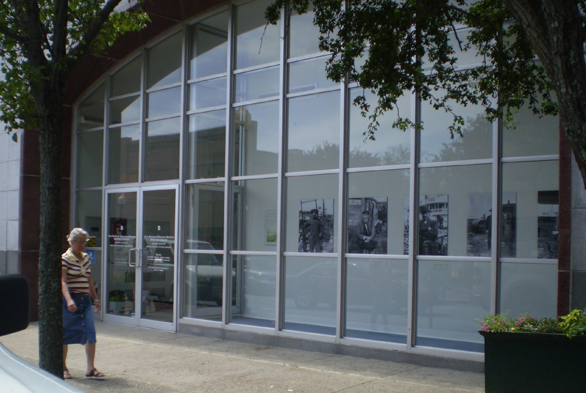



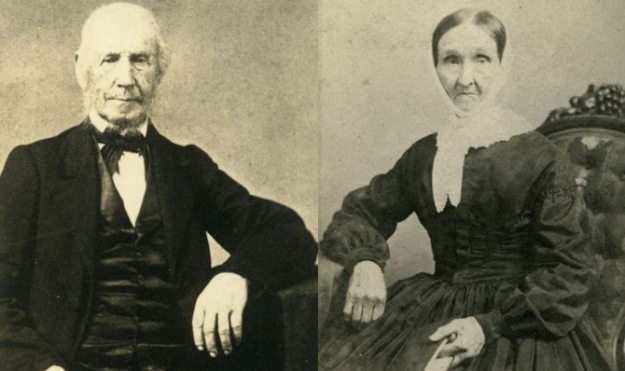
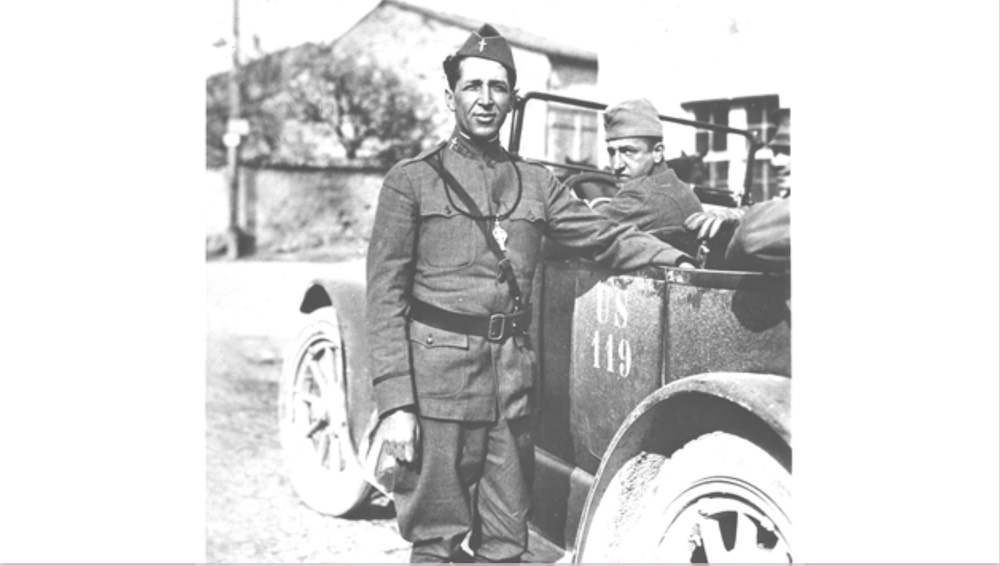



Makes me want to come visit, for sure!
i enjoyed the article very much – particularly the history of the city and the info about the people and whaling.